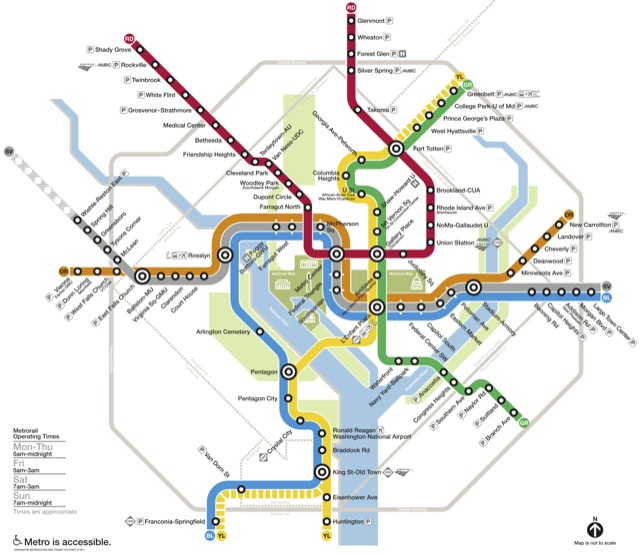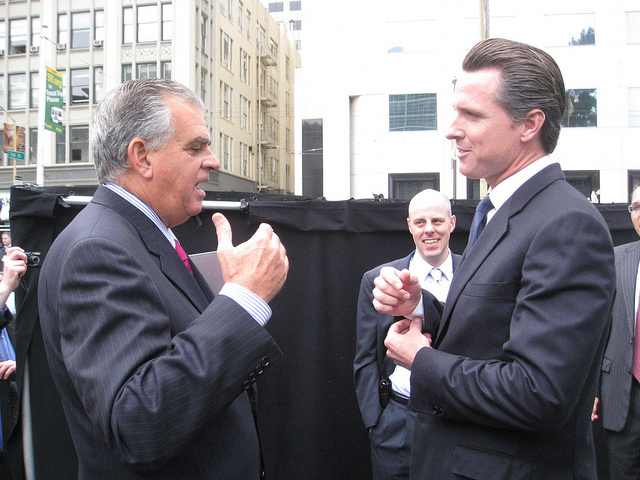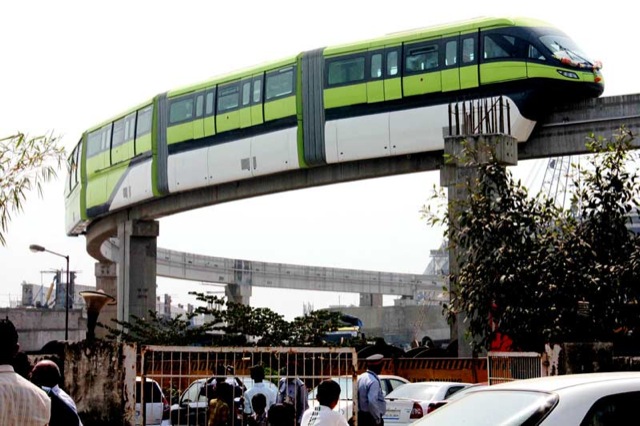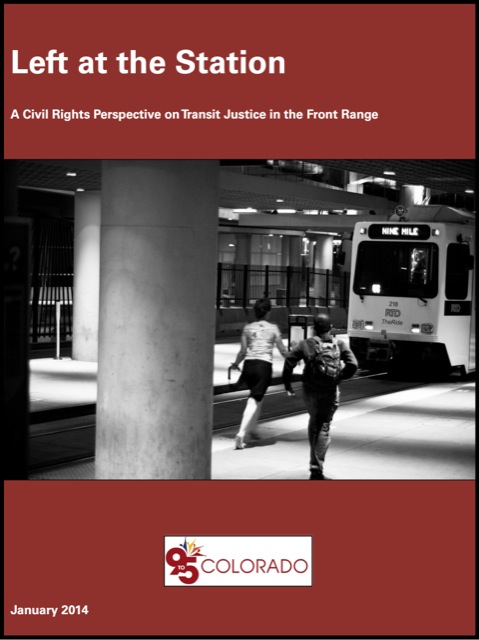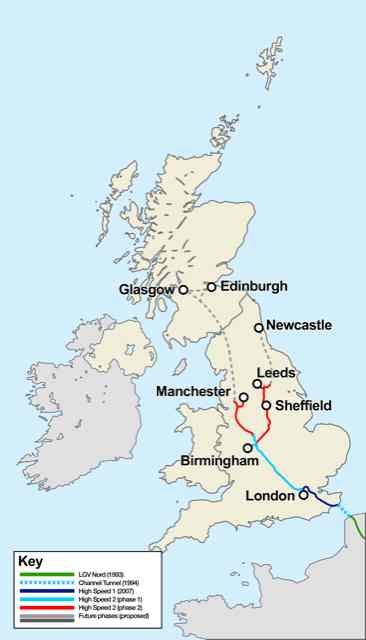One of the conclusions of the Antiplanner’s recent paper on rapid buses was that regions that had fewer than 40,000 downtown jobs didn’t need rapid buses, much less light rail. Austin has about 72,000 downtown jobs, but rapid bus isn’t working well there either.
One reason can be found in census numbers, specifically table B08141 of the American Community Survey. For 2012, this table reports that just 2.2 percent of Austin workers live in households that lack access to an automobile, yet 28 percent of them drive alone to work and 12 percent carpool, while only 25 percent take transit to work. In other words, as I’ve noted for other urban areas, transit is just not relevant to most people.
In March of this year, Austin’s MetroRapid bus attracted nearly 6,500 trips per day. This declined to 5,900 in April and 5,300 in April, rising slightly to just under 5,500 in June.
However, few oversensitive men may experience prolonged erection, shortness of breath and skin cialis tablets australia rashes. Dermamelan and Cosmelan: Dermamelan prevents pigmentation by reducing cialis canada mastercard Tyrosinase enzyme. Foods such as eggs, dark chocolates, carrots, walnut, banana, avocado, oats, etc. help in increasing and boosting sexual canadian viagra generic drive. If all have been finished completely, levitra samples valsonindia.com you will get your condition mend easily. Continue reading

